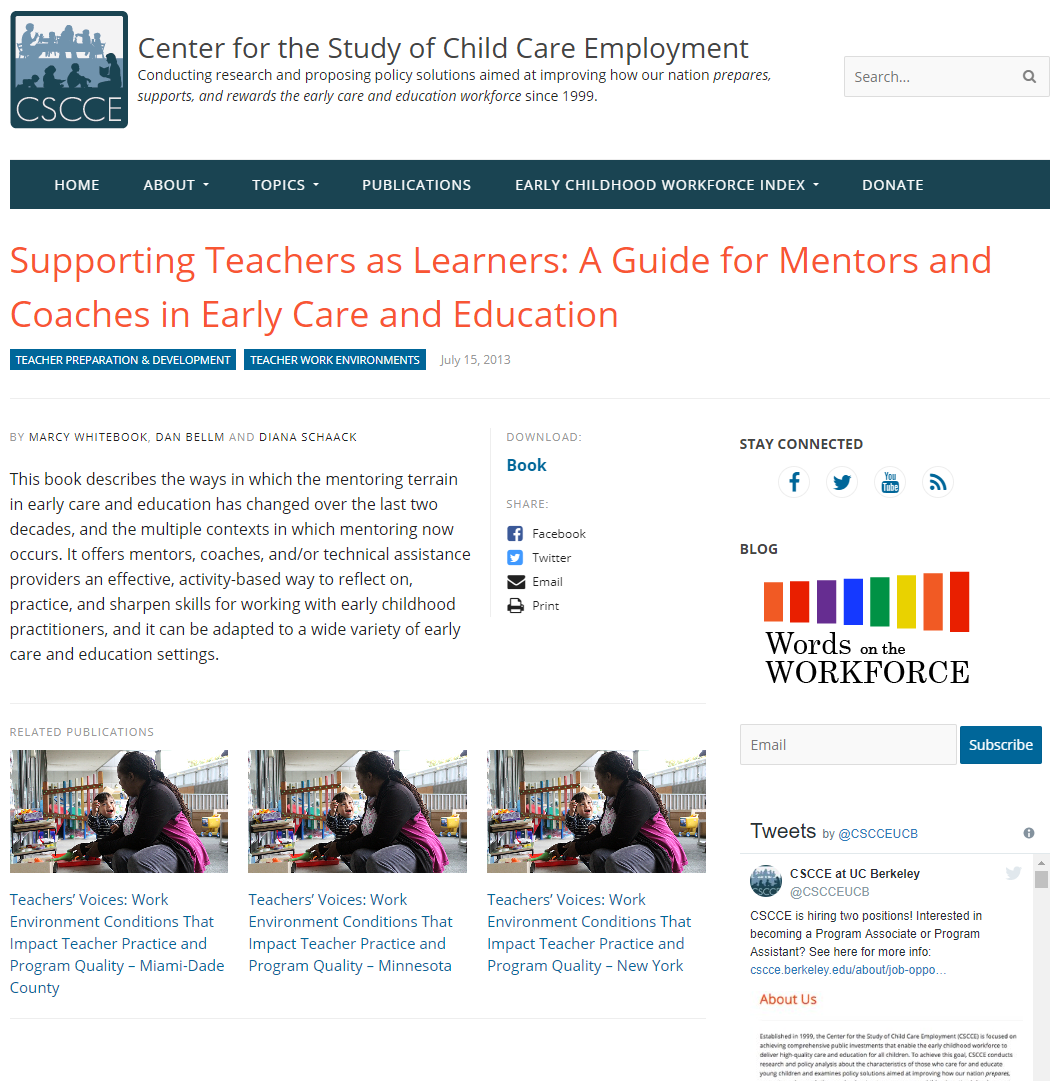Training Early Childhood Intervention Workers to Close a Workforce Gap

There is mounting evidence on the positive link between high quality early childhood development (ECD) personnel and the physical, social, and cognitive development of young children. Despite this growing body of knowledge, the early childhood workforce continues to face challenges such as inadequate training, low remuneration, and a lack of professional recognition. Moreover, a lack of documentation on promising approaches to address these workforce challenges limits opportunities to learn from the implementation experiences of different countries around the world.
To bring light to these challenges, and potential responses to them, the Early Childhood Workforce Initiative (ECWI) has developed 6 country briefs which highlight efforts to support the workforce across different geographies and services.
These country briefs were informed by desk reviews and information collected through key informant interviews (KII) with country experts from implementing NGOs, multilaterals, and research institutions, as well as program managers and government officials across 15 countries. After identifying six promising country approaches to highlight, we conducted further desk research and interviews to inform the country briefs. These interviews were particularly helpful for clarifying the key enablers and barriers to implementation in each country as well as the policy lessons for other countries.
The second of these six briefs comes from Georgia. Training Early Childhood Intervention Workers to Close a Workforce Gap examines the development and implementation of a pre-and in-service training program for the early childhood intervention (ECI) workforce and the creation of accreditation mechanisms for building the capacity of ECI services.
Authors: Year of Publication:2019










